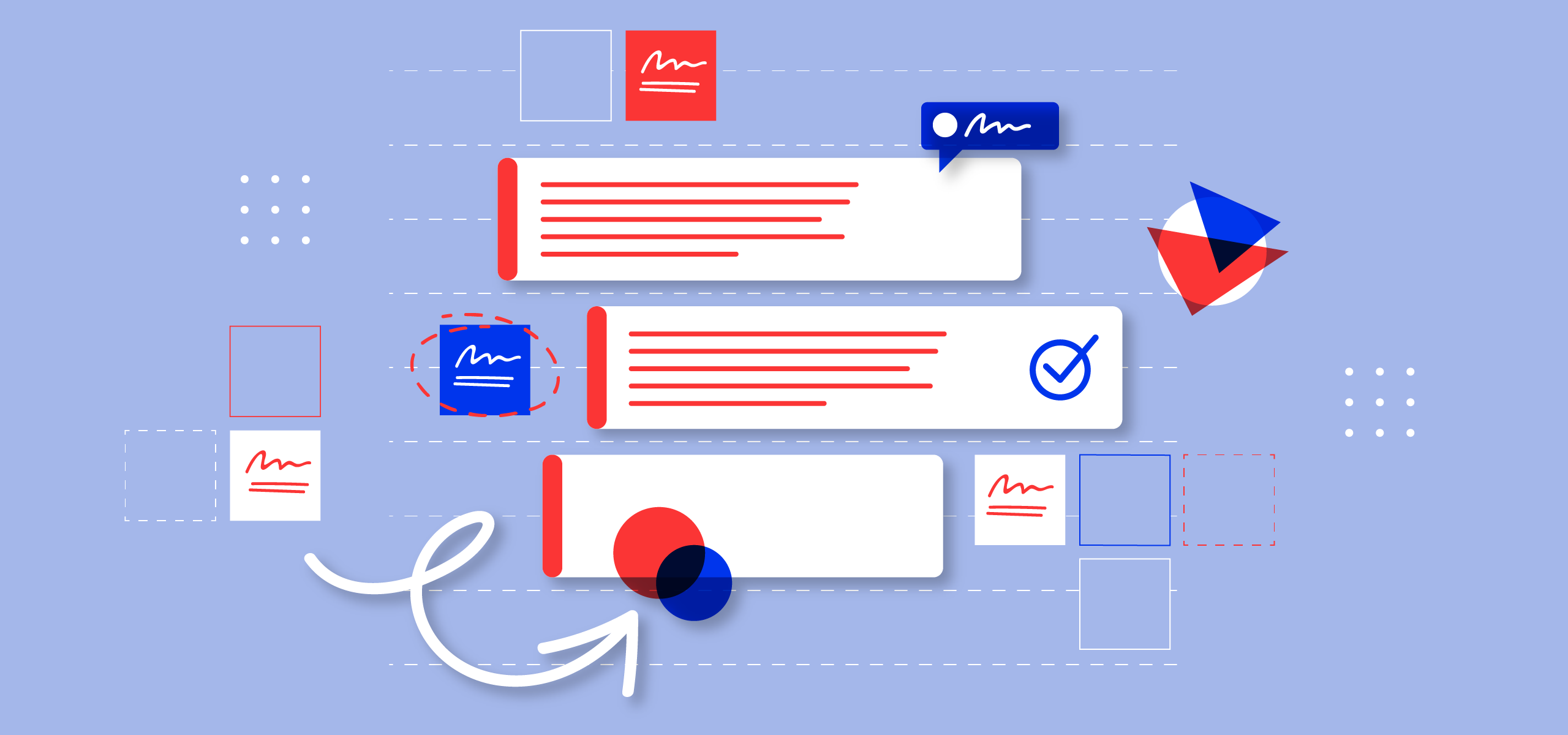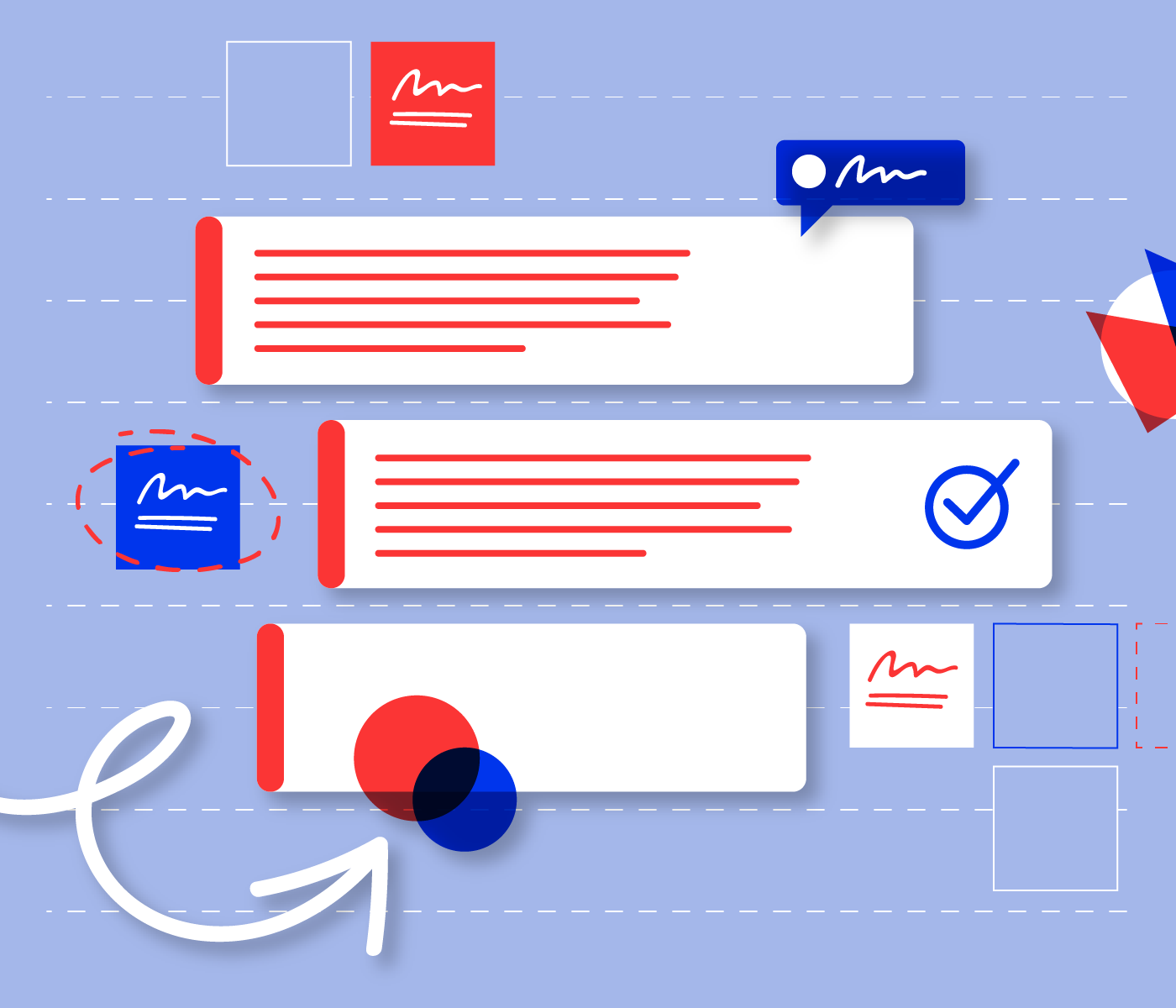I’ve read plenty about why you should conduct Jobs To Be Done (JTBD) research and how to do the interviews. But how do we actually implement our findings in a practical way? In this post, I’ll share our Jobs To Be Done research process, as well as an example that shows how we apply JTBD research in our marketing campaigns.
What is a JTBD?
A Job To Be Done is not a product, service, or solution. It’s the higher purpose for which a customer buys a product, service, or solution. (Source)
One of my favourite examples of JTBD in action comes from Clayton Christensen’s book, The Innovator’s Solution. In the third chapter, Christensen tells the story of a fast-food chain that wanted to improve milkshake sales.
The chain tried changing up flavours and packaging to make the milkshake more appealing to customers, but nothing was working. Eventually, researchers noticed a spike in sales during the morning – their customers tended to be commuters on their way to work.
Rather than new flavours, bright packaging, or marketing campaigns, these breakfast-skipping customers cared most about the hunger-fighting job of the milkshakes. So, the fast-food chain made the milkshakes thicker to better fulfil this job to be done and sales rose. Understanding the job the milkshake was performing for customers was key.
The process
If we're going to understand our customers and the jobs they need to do, in the most simple sense, we have to find some customers and talk to them — ask questions, try to understand their motivations, try to understand what they want to achieve. In a more practical sense, we need to source some interviewees, put together a questionnaire, conduct our interviews, collect and organise our research, and translate any useful insights into marketing assets.
Sourcing interviewees
I automate the process of finding interviewees as much as possible – building out a new segment in Intercom to find potential interviewees who meet certain criteria.
Interviewing newer customers is generally best: their purchasing experience is much fresher and they can recall more detailed information. However, initially, I did a few practice runs with older customers with whom we already had good relationships. This gave me the space to try out a few different questions and build some confidence.
Although the interviewee selection is automated, the message I send is as personal as possible. We don’t offer any incentives for being interviewed so I make my message very human — just a marketer asking another for a favour!
Here’s an example of a message I might send:
I try to include a little “P.S” message to add a personal touch. When researching I usually find something I can use to connect on a more human level. For example, I’ve found people working for companies I used to office-share with, people from my hometown, people with fun offers on their website (one company brings cake to every prospect meeting). It’s all good stuff that you can use to show you have a true interest in this person and what they’re about.
To find these insights I check the following:
Support history
- What feedback have they given?
- What NPS (Net Promoter Score) did they choose?
- What questions have they asked?
Social media presence
Company website
- About Us
- Recent Updates
Interview technique
Check out this list for examples of my interview questions. It may look a little repetitive, but often the first response an interviewee gives rarely gets to the heart of the matter. In my experience, it’s a good idea to think about different ways you might ask certain questions to get to the information you really need.
We’re trying to get to three things:
- The user’s situation before signing up to Opteo.
- The motivation behind their search for a new solution.
- The outcome they expected from signing up to Opteo.
Try to distil each interview into a sentence or two like this:
When I have too many client accounts to handle [situation], I want to save time doing the repetitive, day-to-day tasks [motivation], so I can free up have more time to focus on the bigger picture and strategic pieces [outcome].
Making sense of it all
I always record and transcribe each interview so I can relax and focus on the conversation instead of hurriedly scribbling notes during the session. I use:
- Zoom to host and record the meetings. It usually only takes a few minutes for the recording to convert readily for me to download the audio.
- Dovetail to transcribe my calls and organise my notes. Dovetail has been the best find and the tool I’ll focus on.
Dovetail lets me easily spot patterns from the data. I simply read through each transcript, highlight sections, and tag them. You can see a list of all the tags from every transcript, and the number of times they’ve been used.
I organise tags into different categories: competitors, other marketing tools, product feedback, situational triggers, and a bunch of other useful stuff. You really start to spot trends across each interview, and the quantitative data means we’re less likely to fall prey to primacy or recency biases.
Storing interviews in a central place means everyone has access and this has been helpful throughout the business — in marketing, sales, customer success, support, design, and engineering, as well as being handy for bringing new hires up to speed.
Using our insights
We’ve primarily used our JTBD interviews in two ways:
- Expanding our interest targeting on Facebook.
- Generating new ad creative and messaging.
Expanding interest targeting
With Dovetail, I’m able to tag all the influencers, tools, and trade publications that our users mention during interviews.
I can then use this information to create interest-based Facebook campaigns. Facebook is a major source of leads for Opteo, so finding new audiences that work well has really helped to scale acquisition.
Creative ideation
Our transcripts provide a wealth of inspiration for new creative and campaign ideas. Not only do we have our JTBD insights to inform us:
When I have too many client accounts to handle, I want to save time doing the repetitive, day-to-day tasks, so I can free up have more time to focus on the bigger picture and strategic pieces.
We also have a bunch of customer quotes that can help us generate new ideas and create messaging that resonates with our audience. For example, one user told me:
I always work one hour, one and a half hour at night, if I’m alone. When you’re at the office, it’s typically like 17 other assignments come in. So for most parts, yeah, I do use an hour after everybody else is asleep.
We use these quotes to generate creative that speaks to real, everyday problems faced by our users — and most importantly, how Opteo can address those problems:
Rounding up
JTBD gives us reliable new audiences to test, as well as fresh ideas for creative output, but there are always new ways to apply our insights and new approaches to explore. How are you using the JTBD framework? Are you using a different framework? What results are you seeing? If you have something to share, don't hesitate to get in touch!
Further Reading
- You can read lots of great stuff at Jobstobedone.org.
- I highly recommend this excellent sample interview. It not only explains JTBD interviews, but details exactly how to conduct them.
- Everyone Hates Marketers Podcast is great – give it a listen. Their take on the JTBD interview is here.
- I found Claire Suellentrop's talk at CTAConf in 2017 really insightful and packed with great examples.


